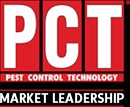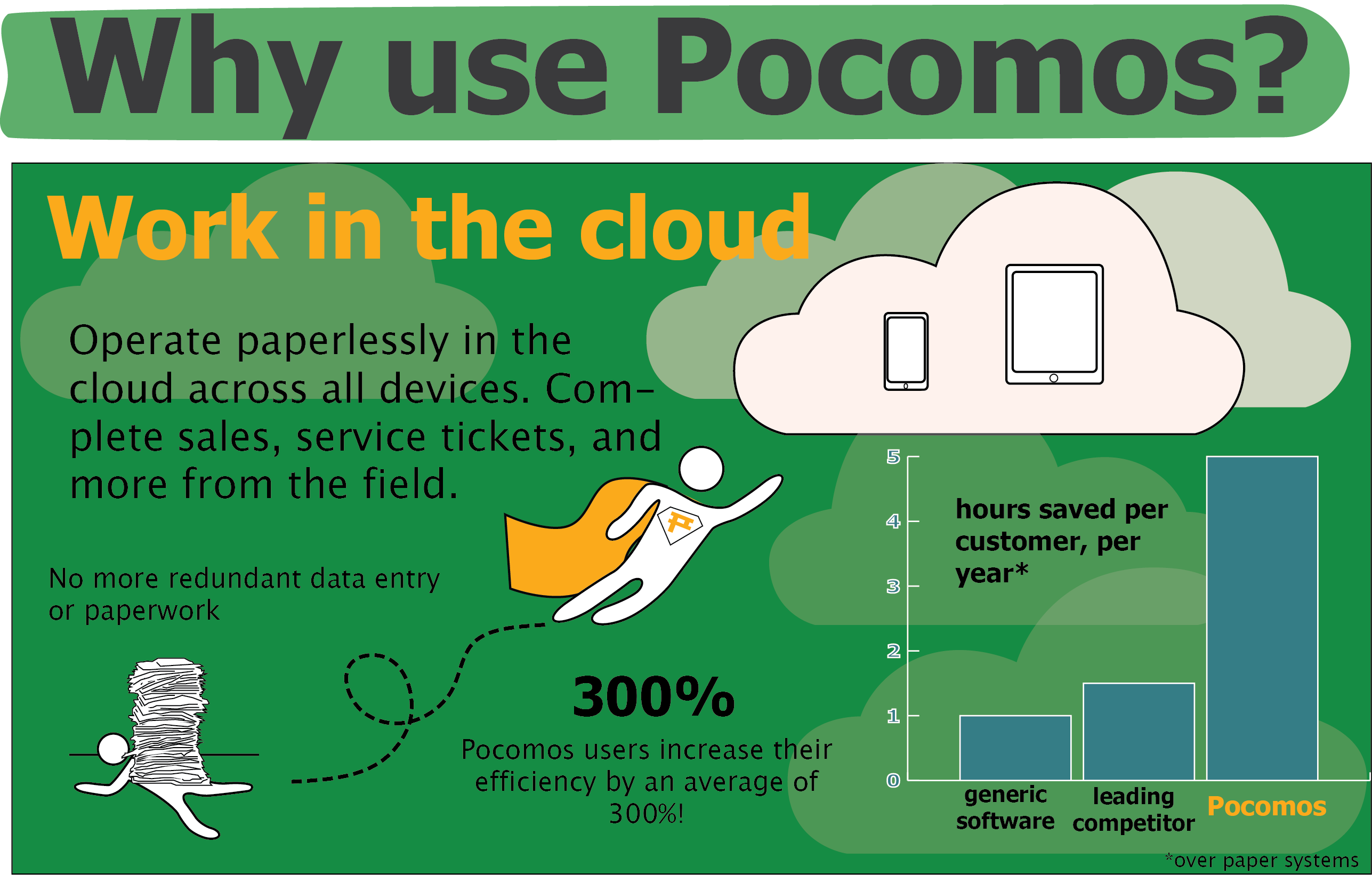A wise man once told me, "As soon as your company ceases to become sales oriented and becomes operations oriented, its days are numbered." So far, this advice has proven true for me and for those companies with whom I have been involved. Let me clarify what I mean here: sales should be the focal point of growth spending, but not the only area involved or at the cost of basic organizational structure. Companies deciding to grow or that are already in growth stages allocating more funds towards tighter operations instead of more sales make a mistake. Not that tighter operations do not produce tangible savings or greater efficiency, but simply that sales dollars, allocated towards productive sales channels, and applied correctly, can do much more dollar-for-dollar than any money spent on tightening operations.
Here is an example. I spend my precious profit of $10,000 increasing my operational efficiency by 10%, which is generally regarded as a good efficiency increase in operations. From this 10% increase, I reduce my operating costs from $10,000 a month to $9,000 a month, a savings of $1,000 a month. Within a calendar year, this expenditure will have paid for itself and saved me an additional $2,000, with more coming every month. Pretty good, right?
Our example company with a 10K a month operating cost does, on average, $30,000 a month in revenue (remember, that 10K is just operating cost, not total cost). This is pretty typical for company considered successful. I spend the same $10,000 to increase my sales by 10%. This example is assuming that we applied our marketing money toward channels that actually produced an increase in sales rather than a big waste. In our simple example, in four months we would have regained our initial investment plus $2,000. But here is the first real separator: these sales will bring more sales. Assuming our successful company has a decent level of customer service, the one-time 10% increase in sales from 30K to 33K will not stay there for long. Those new satisfied customers will bring in more business, causing sales increases in later months. The growth here is potentially exponential, while the increase in profit from better operations is linear.
The second great separator comes with employee happiness. Employees, just like humans in general, crave organization, rules, and accountability, even if it rubs them the wrong way at times. However, once you have attained a solid base of organization and accountability, squeezing employees, company policies and structures, and procedures for a little bit of extra efficiency has a nasty habit of reducing employee satisfaction. And for growing companies, unhappy employees are a BIG no-no.
Money spent on operations can have a great impact on the profitability of a company. And if your operations are so bad that you cannot retain customers anyway, no amount of sales increases will do you any good. But once you have your operations to a certain level of efficiency, your money is better spent on sales and marketing.
I mentioned (assumed) earlier that the $10,000 dollars spent on marketing actually brought an increase in sales. And this is the big risk in marketing. For most PCOs, conducting good operations comes naturally while sales and marketing remains nebulous. I would be so bold as to claim this is true for most industries. Spending marketing dollars carries high risk, especially in an age where our potential customers are using mediums that are still not fully understood or utilized by even expert advertisers. But as they say, "high risk, high reward." Spend your marketing dollars. Try different avenues. You may fail once, twice, or more. But that time you see a tangible increase in sales will be worth it−by far.
To help you on your way, Pocomos Pest Control Software comes packed with sales and retention tools right off the shelf and ready to go.
I welcome any feedback.
jeremiah@pocomos.net






Comments